The Nuanced Distinctions Between Shenmai Yin and Shengmai Yin: A Comparative Analysis of Composition, Therapeutic Applications, and Clinical Relevance*
Traditional Chinese Medicine (TCM) has long been revered for its holistic approach to health, emphasizing balance and harmony within the body’s energetic systems. Central to this practice are herbal formulations, meticulously crafted combinations of botanicals designed to address specific disharmonies. Among these, Shenmai Yin and Shengmai Yin stand as two frequently prescribed yet often conflated decoctions. Despite their phonetic similarity and overlapping therapeutic goals, these formulas diverge significantly in composition, mechanism of action, and clinical applications. This article delves into the nuanced differences between Shenmai Yin and Shengmai Yin*, exploring their historical contexts, pharmacological components, and modern-day relevance. By dissecting their unique attributes, practitioners and patients alike can optimize therapeutic outcomes and avoid inadvertent misuse.
Historical and Philosophical Foundations of TCM Formulations
To appreciate the distinctions between Shenmai Yin and Shengmai Yin, one must first grasp the philosophical underpinnings of TCM. Rooted in concepts like Yin-Yang theory, Qi circulation, and Zang-Fu organ systems, TCM prioritizes restoring equilibrium rather than isolating symptoms. Herbal formulas, or Fang Ji, are crafted as synergistic ensembles, where each ingredient amplifies or modulates the effects of others. This synergy is achieved through Jun-Chen-Zuo-Shi principles: Jun (sovereign) herbs address the primary disharmony, Chen (minister) herbs assist the sovereign, Zuo (assistant) herbs mitigate toxicity, and Shi (envoy) herbs guide the formula to target areas.
Both Shenmai Yin and Shengmai Yin emerge from this tradition, yet their lineages and intended purposes diverge. Shengmai Yin, literally “Pulse-Generating Decoction,” traces its origins to the Yuan Dynasty’s Internal Medicine Classic, formulated to revitalize Qi and Yin in cases of severe deficiency. Conversely, Shenmai Yin, or “Ginseng-Ophiopogon Decoction,” is a more modern adaptation, often employed for nourishing Yin and tonifying Qi in post-illness recovery.
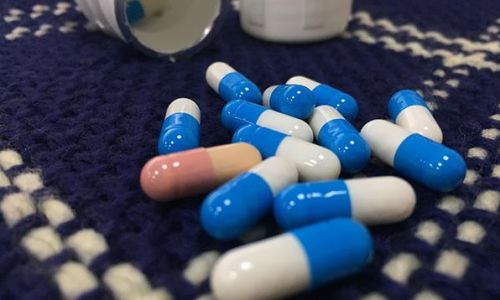
Shengmai Yin: A Tripartite Symphony of Qi, Yin, and Fluid Conservation
1 Composition and Rationale
Shengmai Yin comprises three core ingredients:
- Ren Shen (Ginseng Radix): Acts as the Jun herb, invigorating Spleen and Lung Qi while generating bodily fluids.
- Mai Dong (Ophiopogonis Radix): Serves as the Chen herb, nourishing Lung and Stomach Yin and clearing excess heat.
- Wu Wei Zi (Schisandrae Fructus): Functions as the Zuo-Shi herb, astringing Lung Qi and preventing fluid leakage.
This trio addresses Qi and Yin deficiency accompanied by heat signs, such as thirst, dry cough, and spontaneous sweating. The inclusion of Wu Wei Zi is pivotal; its astringent properties consolidate Qi and retain fluids, preventing their depletion—a critical distinction from Shenmai Yin.
2 Therapeutic Actions and Indications
Shengmai Yin is indicated for:
- Cardiovascular Conditions: Arrhythmias, heart failure, and hypotension stemming from Qi and Yin deficiency.
- Respiratory Disorders: Chronic dry cough, asthma, and tuberculosis with Yin depletion.
- Post-Illness Debility: Recovery from febrile diseases, surgery, or chemotherapy.
Modern research corroborates its efficacy: a 2020 meta-analysis in the Journal of Traditional Chinese Medicine highlighted its role in improving left ventricular ejection fraction in heart failure patients.
3 Pharmacological Insights
Ginseng’s ginsenosides enhance myocardial contractility, while Ophiopogon’s polysaccharides exhibit anti-inflammatory effects. Schisandra’s lignans stabilize mast cells, reducing allergic reactions. Together, they modulate the renin-angiotensin system, offering cardioprotection.
Shenmai Yin: A Duo of Qi Nourishment and Yin Enrichment
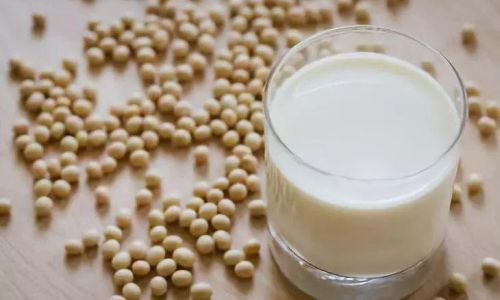
1 Composition and Rationale
Shenmai Yin typically contains:
- Ren Shen (Ginseng Radix): Jun herb, fortifying Spleen and Lung Qi.
- Mai Dong (Ophiopogonis Radix): Chen herb, nourishing Yin and clearing heat.
Notably, Shenmai Yin omits Wu Wei Zi, altering its therapeutic focus. Without the astringent component, it prioritizes unobstructed Qi flow over fluid retention, making it suitable for mild to moderate Qi-Yin deficiency without profuse sweating or fluid leakage.
2 Therapeutic Actions and Indications
Shenmai Yin is indicated for:
- Subacute Recovery: Convalescence from mild infections or fatigue.
- Mild Thirst and Dryness: Dry mouth, throat irritation, and low-grade fever.
- Metabolic Support: Managing diabetes-related thirst and polyuria.
A 2022 study in Evidence-Based Complementary and Alternative Medicine noted its efficacy in reducing postprandial blood glucose spikes in type 2 diabetes patients.
3 Pharmacological Insights
Ginseng and Ophiopogon synergize to enhance ATP production and mitochondrial function. Ophiopogon’s homoisoflavonoids exhibit hypoglycemic effects, while ginseng’s polysaccharides modulate immune responses.
Comparative Analysis: Compositional and Therapeutic Divergences
1 Ingredient Disparities
The absence of Wu Wei Zi in Shenmai Yin is the linchpin of differentiation. Wu Wei Zi’s astringency in Shengmai Yin addresses symptoms like night sweats and palpitations by preventing Qi dissipation. In contrast, Shenmai Yin’s simpler composition avoids potential constipation or fluid stagnation from prolonged astringency.

2 Therapeutic Spectrum
- Shengmai Yin is preferred for acute or severe Qi-Yin deficiency with heat signs.
- Shenmai Yin suits chronic, mild deficiencies or patients intolerant to astringent herbs.
3 Clinical Pearls
- Pulse Diagnosis: Shengmai Yin is indicated for a “thready and rapid” pulse, while Shenmai Yin fits a “thready and weak” pulse.
- Tongue Appearance: Reduced body fluid in Shengmai Yin cases presents a dry, red tongue; Shenmai Yin may show a pale, swollen tongue.
Modern Applications and Research Frontiers
1 Cardiovascular Health
Both formulas demonstrate cardioprotective effects, yet mechanisms differ. Shengmai Yin improves endothelial function via nitric oxide upregulation, while Shenmai Yin reduces oxidative stress through ginseng’s antioxidant properties.
2 Oncological Support
Shenmai Yin is gaining traction in cancer care for mitigating chemotherapy-induced myelosuppression. A 2021 trial in Integrative Cancer Therapies reported elevated white blood cell counts in patients receiving adjuvant Shenmai Yin.
3 Geriatric Medicine
Shengmai Yin’s anti-aging potential, attributed to telomerase activation, is under investigation for age-related cognitive decline.
Safety Profile and Contraindications
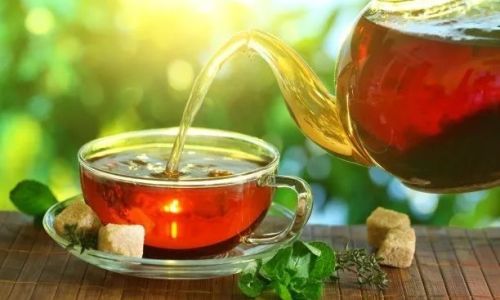
1 Adverse Effects
- Shengmai Yin: Rare cases of hypertension from ginseng overstimulation; Wu Wei Zi may cause constipation.
- Shenmai Yin: Mild gastrointestinal upset if taken on an empty stomach.
2 Contraindications
- Avoid Shengmai Yin in acute infections with excess heat (e.g., high fever, purulent phlegm).
- Shenmai Yin is contraindicated in Spleen Qi deficiency with diarrhea.
Integrative Approaches and Future Directions
Modern practice sees Shengmai Yin and Shenmai Yin integrated with conventional therapies. For instance, Shengmai Yin injections are used alongside beta-blockers in heart failure management. Future research should explore standardized extraction methods and dose-response relationships.
Conclusion
The dichotomy between Shenmai Yin and Shengmai Yin exemplifies TCM’s sophistication, where subtle variations in composition yield distinct therapeutic outcomes. While Shengmai Yin excels in acute Qi-Yin depletion with fluid leakage, Shenmai Yin offers a gentler alternative for subacute recovery. Practitioners must weigh clinical presentations, patient constitution, and formulary nuances to harness these ancient remedies’ full potential. As integrative medicine evolves, these decoctions remain testaments to TCM’s enduring relevance in global healthcare.
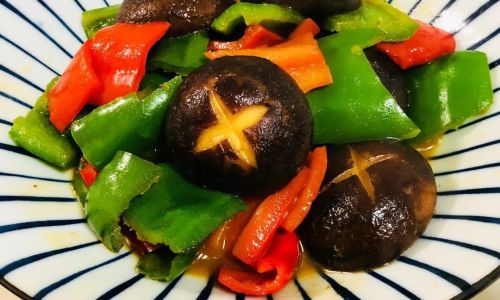

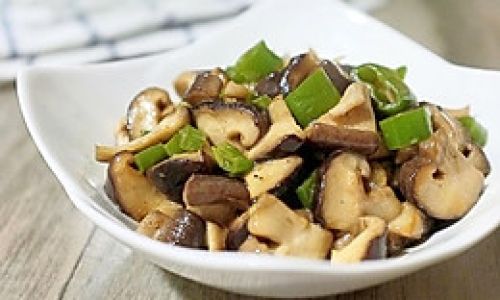
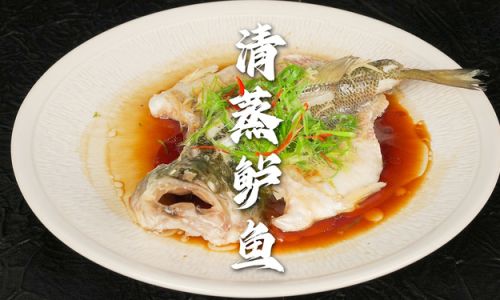
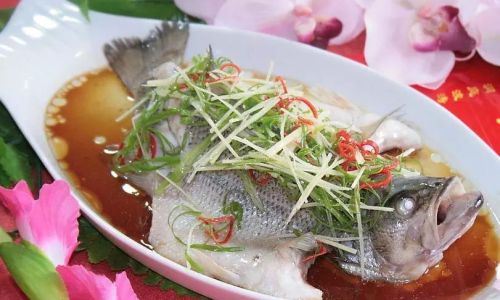

0 comments